How to maintain your fence
Fences are some of the most useful pieces of structure in a house. They don’t just protect your home, but also provide a sense of...
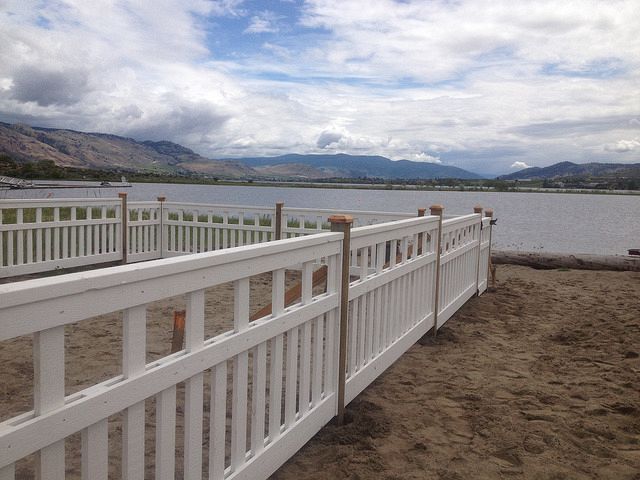
Choosing the right material for a fence can be a difficult decision. There are a lot of factors that come into play like aesthetics, cost and installation. However, one should also consider the environmental impact the fence will have, not just upon installation, but in the long run.
“Good fences make good neighbours” has always been the saying, but it may be more important to consider the environmental impact than choose strictly based on the look of the fence.
If you’re feeling ambitious and are willing to hunt for the perfect materials to re-purpose, than this is your best option. You also have to be willing to settle for a more artsy and non-uniform look, as depending on what you use, it mostly likely won’t be of the same look.
Pros: Recycling at its finest.
Cons: A lot of work, and will does not guarantee that the materials won’t end up back in a landfill someday.
The classic wood fence has survived the test of time for a reason. It fits perfectly into our Northwestern culture with a natural and soft appearance, and in most cases is sustainably harvested. As a natural material, it will break down over time without leaking chemicals or other toxins into the surround soil, and can be repurposed to extend its life.
.jpg)
Pros: Is a completely natural material that will not cause environmental consequences down the road.
Cons: Will weather over time, needing upkeep like sanding and staining to keep it looking like new.
Metal is a great material to use as it is durable, low maintenance and reusable. If you’re moving to a new home that doesn’t have a fence, it’s even something you could consider packing up and moving with you. Wrought iron has a classic look, is lightweight, and easy to work with.
.jpg)
Pros: Durable and little to no maintenance.
Cons: More expensive and can need some upkeep to deal with rust.
Great when you in need of more of a wall than a fence, these materials are hardy and easy to come by (you could try find some headed for a landfill).
Pros: Sturdy and are in abundant supply
Cons: Heavy and hard to work with while installing. Moving them is near impossible unless you’re ready for a whole lot of work.
Coming in last for the most eco-friendly, plastic is long lasting, but at a cost to the environment.
Pros: Durable and very little maintenance.
Cons: Difficult to recycle at the end of it’s life. Is not naturally or locally sourced.
.jpg)
If you are considering building a fence and are stuck with what material to choose, A & G Fencing can help. We understand the materials we work with, and can find which one is the perfect fit for all your needs, and take into account the long term environmental impact.
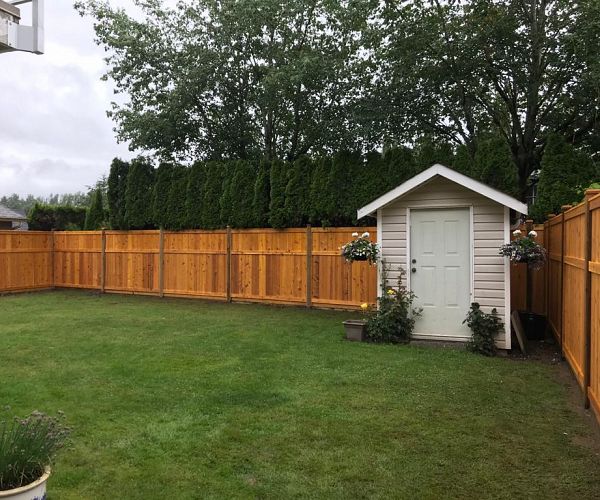
Fences are some of the most useful pieces of structure in a house. They don’t just protect your home, but also provide a sense of...
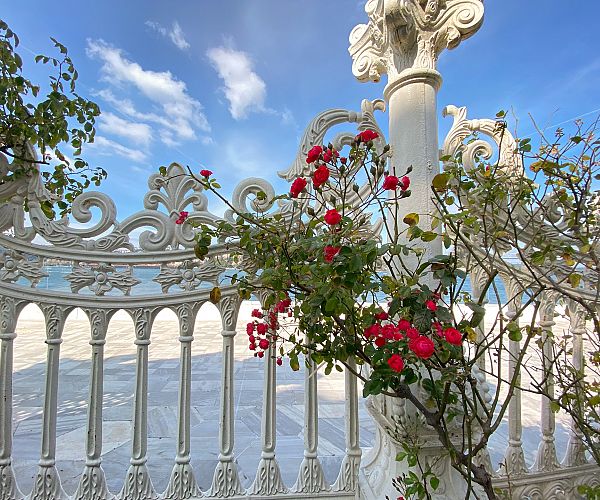
Yes, fences need to be functional, practical and worth your investment. However, another significant factor is how your fence looks in your...
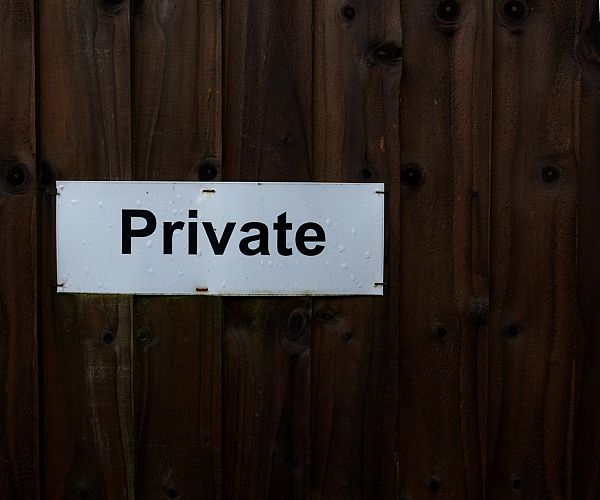
Fences serve a variety of purposes, one of the most important being security and privacy. There are various types of fences that serve the...
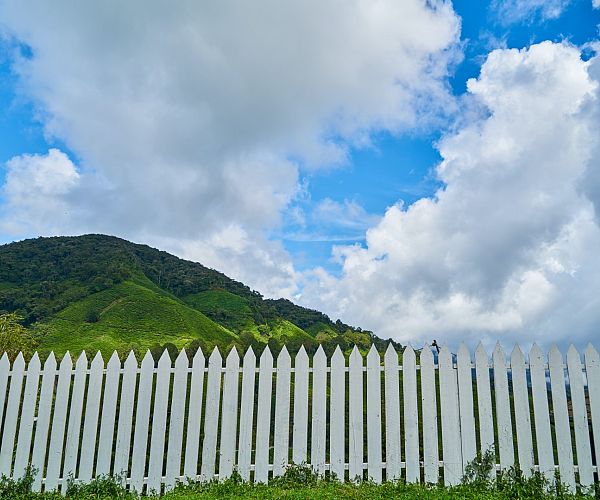
With spring approaching, it’s time to make sure that your fence is in tip-top shape. Giving your fence a quick inspection will allow it to...
Download our comprehensive eBook to find exactly what you're looking for.
Affiliations


-(1).png)
Accepted Payments
